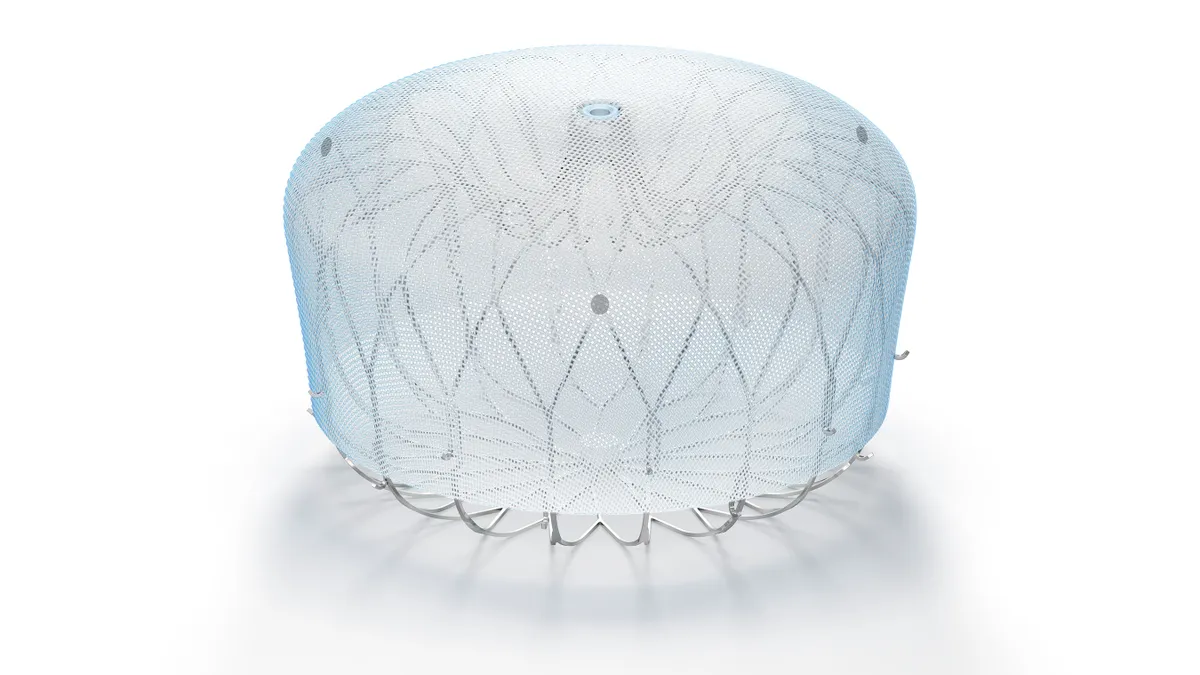Dive Brief:
- A group of Yale researchers say digital breast tomosynthesis (DBT), or 3D mammography, is on track to replace 2D mammography as the standard of care in breast cancer screening.
- That prediction is based on an analysis of nearly 9.7 million screening examinations revealing DBT use grew "substantially" from about 13% to roughly 43% between the beginning of 2015 and end of 2017. The trend was similar across both privately insured and Medicare patients, but adoption rates varied by region and other sociodemographic factors.
- The study was funded in part by the American Cancer Society, which did not endorse DBT as a routine screening method during a 2015 revision of its breast cancer screening guidelines. At the time it said too little data was available to compare the technology to 2D mammography.
Dive Insight:
Hologic received the first FDA approval for a 3D mammography system in 2011, with alternatives now being marketed by companies like GE, Siemens and Fujifilm. 3D mammograms capture X-ray images of the breast from different angles to give doctors a more comprehensive picture.
FDA in March cited greater adoption of 3D mammography as one key impetus for issuing a proposed rule aimed at modernizing its oversight of mammography.
While 3D mammography may be more expensive and require more radiation than 2D technology, its benefits may include fewer false positive results and higher rates of cancer detection, the researchers wrote. The American College of Radiology has called use of the technology "usually appropriate" across various risk populations.
Using a Blue Cross Blue Shield (BCBS) database as their primary source, researchers examined nearly 9.7 million breast cancer screening examinations performed between Jan. 1, 2015, and Dec. 31, 2017, in women aged 40 to 74-years-old. The study found DBT was the predominant method of screening in 4.6% of hospital referral regions at the beginning of 2015, a figure that jumped to 41.8% by the close of 2017.
While DBT adoption seen in the BCBS population was "strongly correlated" with use in the Medicare population, researchers found disparities based on region and other sociodemographic characteristics.
Hospital referral regions in the Northeast and Northwest experienced faster and wider adoption than those in the Southeast. Areas with greater median household incomes, higher average educational attainments and a larger percentage of white residents also appeared to have more widespread adoption.
"Although there is a lot of interest in this new technology, we don't know much about how it will affect the long-term health of women," author Ilana Richman said in a statement. "There are ongoing studies designed to answer these questions, and we hope to have clearer answers in the next few years."








